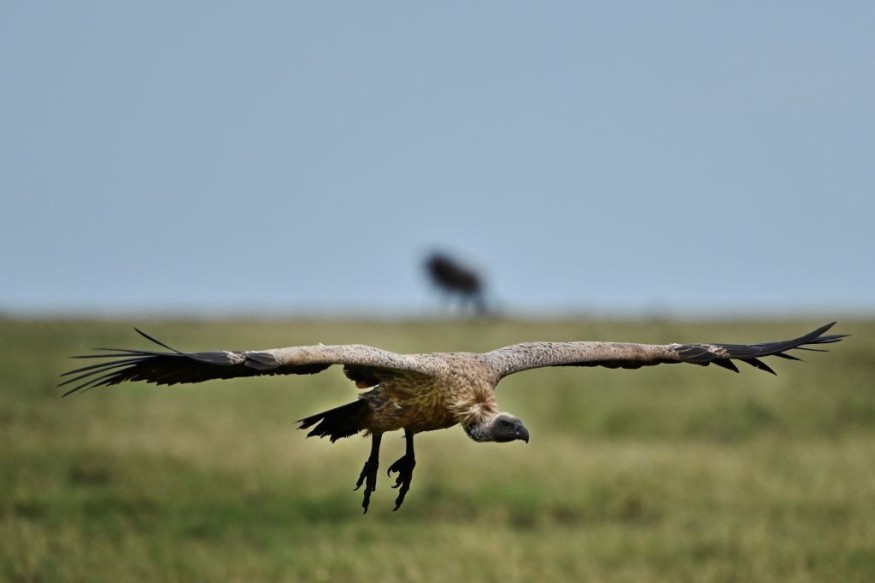
A study said that birds of prey in Africa could face extinction as 90 percent of these species have been under threat.
Experts said that tropical raptor species including the martial eagle, the bateleur and the dark chanting goshawk have vanished from swathes of the African continent over the past 40 years because many wild areas have already been converted to farmland.
Several African birds of prey are on track of becoming locally extinct in many countries this century, according to the study.
Conversion To Farmlands
The study indicated that the conversion of natural habitats to farmland is a major cause of biodiversity loss and poses the greatest extinction risk to birds worldwide.
Tropical raptors are of particular concern, being relatively slow-breeding apex predators and scavengers, whose disappearance can trigger extensive cascading effects.
Scientists said that many of Africa's raptors are at considerable risk from habitat conversion, prey-base depletion and persecution, driven principally by human population expansion.
In the study, experts described multiregional trends among 42 African raptor species, 88% of which have declined over a 20-40-yr period, with 69% exceeding the International Union for Conservation of Nature criteria classifying species at risk of extinction.
Large raptors had experienced significantly steeper declines than smaller species, and this disparity was more pronounced on unprotected land.
Scientists said that declines were greater in West Africa than elsewhere, and more than twice as severe outside of protected areas (PAs) than within.
They pointed out that the species suffering the steepest declines had become significantly more dependent on PAs, demonstrating the importance of expanding conservation areas to cover 30% of land by 2030-a key target agreed at the UN Convention on Biological Diversity COP15.
The findings of the study also highlighted the significance of a recent African-led proposal to strengthen PA management-initiatives considered fundamental to safeguarding global biodiversity, ecosystem functioning and climate resilience.
The conversion of wooded habitats to agricultural land is more damaging to biodiversity than any other human activity and poses the greatest extinction risk to birds worldwide.
Experts said that tropical raptors are especially vulnerable, being particularly slow-breeding and subject to a wide range of threats linked to rapid human population growth, farmland expansion and habitat fragmentation.
They said that while resident tropical raptors thus have great potential as a model system for investigating land-use change impacts, trends in their abundance have been little studied so far, reflecting the paucity of suitable long-term survey data and a limited capacity for conservation research in most developing countries.
Scientists have presented a multiregional assessment of trends among many of Africa's widespread, diurnal raptor species, and compare rates of change in their abundance within protected and unprotected areas.
Further, they said that as a group, Africa's diurnal raptors are facing an extinction crisis, with more than two-thirds of the species examined potentially qualifying as globally threatened.
Decline In West Africa
Decline rates reported from West Africa were significantly more pronounced than those recorded elsewhere, consistent with the severity of threats documented in the region.
Scientists said that many being substantially worse there than elsewhere in sub-Saharan Africa.
Protected areas in West and Central Africa are particularly underfunded and mismanaged, and high regional levels of poverty and corruption have been linked to adverse conservation outcomes for charismatic mammal species.
Furthermore, the rate of agricultural expansion in West Africa during the 1970s-2000s was more than three times that of Africa as a whole.
© 2025 NatureWorldNews.com All rights reserved. Do not reproduce without permission.





